- 6803 Parke East Blvd. Tampa, FL. 33610
- 800.728.4942
- 813-231-6305
Showing 1–16 of 69 resultsSorted by price: high to low

7 in stock
29 Piece M35 Cobalt Multi-Pilot Drill Bit Set
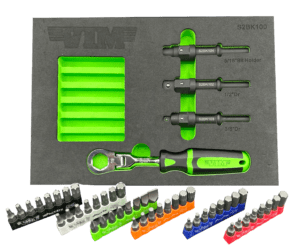
3 in stock
4 Piece Shake 2 Break Kit with Impact Bits

15 Piece Power Drive M35 Drill Bit Set with Magnetic Base
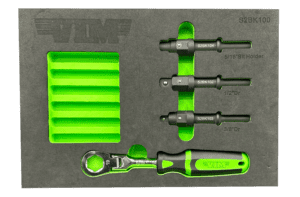
6 in stock
4 Piece Shake 2 Break Kit

MAGNETIC BIT HOLDER DISPLAY – 10 PACKS (2 PCS PER PACK)
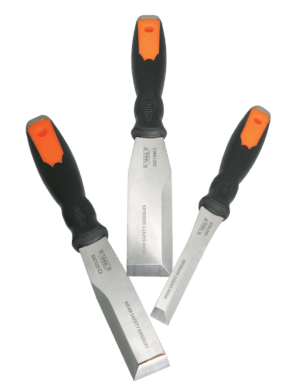
Striking Scraper Set, Dual Bevel, Stainless 3pc set

Air Hammer Soft Head Tool Set, 3pc. Aluminum, Brass, & Nylon Headed Air Hammers
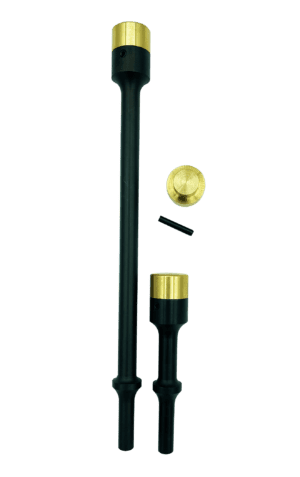
3 Piece Brass Soft Tip Air Hammer Set
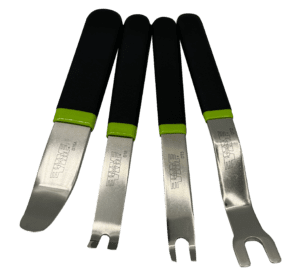
Door and Trim Tool Set, stainless, 4 pc set, dipped handles
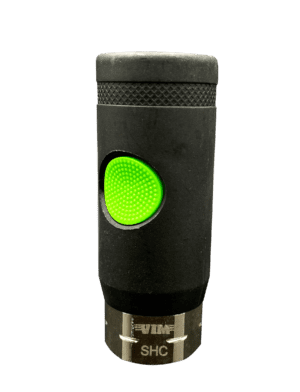
HIGH FLOW SAFETY AIR COUPLER – 1/4” NPT, 3 pack
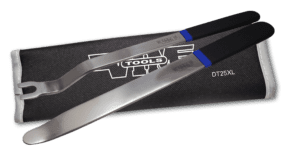
Door and Access Panel and Extra Lng Set, 12″ long DT2XL and DT5XL

2 PC. DOUBLE SIDED DOOR TOOL KIT
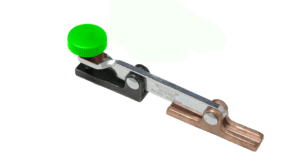
Magnetic Plug Weld Tool, 2.5″ Long Copper Pad, Parrellel to mag base
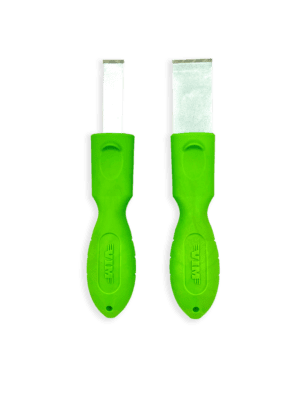
Carbide scraper, 2 pc set

MULTI ANGLE INDEXING BODY CLIP REMOVAL PLIERS
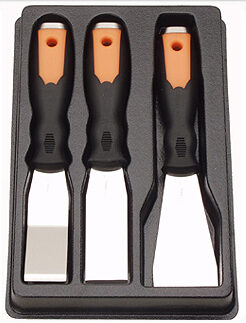
Out of stock
SS Bolstered Scraper Set, SS700, SS700B & SS702